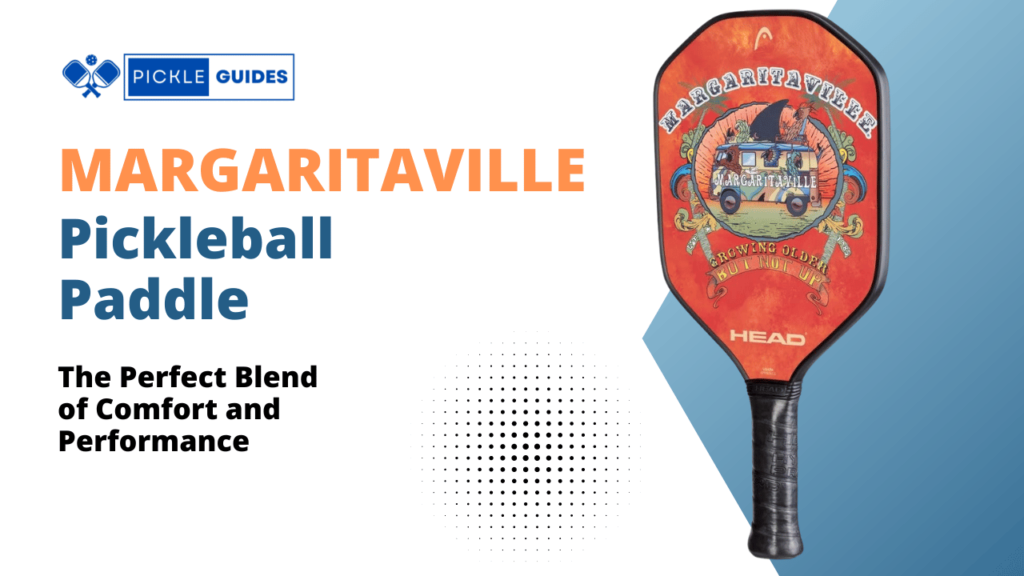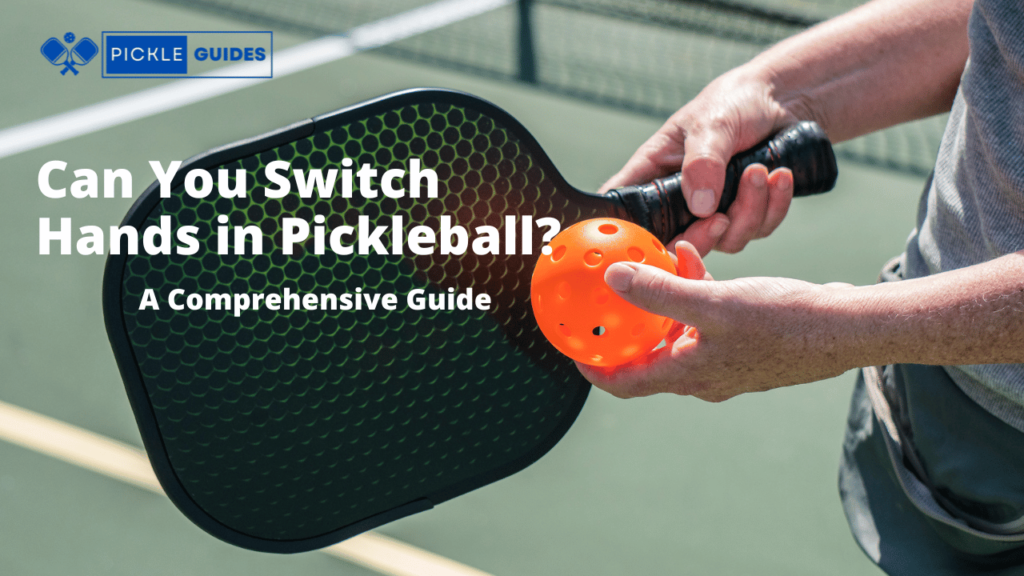Pickleball and racquetball are two popular racquet sports that have been gaining immense popularity in recent years. As more players discover the joy of these fast-paced and engaging games, the question arises: Can you play pickleball on a racquetball court? In this article, we’ll delve into the differences between these sports and explore the possibilities and challenges of playing pickleball on a racquetball court.
Differences Between Pickleball and Racquetball

Before we explore the compatibility of the two sports, let’s understand the key differences between pickleball and racquetball. Pickleball is played with a paddle and a plastic ball with holes, resembling a combination of tennis, badminton, and table tennis. On the other hand, racquetball is played with a stringed racket and a small rubber ball, with players trying to score points by hitting the ball against the front wall of the court.
Comparison of Pickleball and Racquetball
| Aspect | Pickleball | Racquetball |
| Equipment | Paddle and plastic ball with holes | Stringed racket and small rubber ball |
| Court Size | Smaller, about 20 ft x 44 ft | Larger, about 20 ft x 40 ft |
| Ball | Lightweight and perforated | Heavier and solid |
| Scoring System | 11 points, win by 2 | 15 points, win by 1 |
| Rules | Non-volley zone and double bounce | Hitting against front wall |
Challenges of Playing Pickleball on a Racquetball Court
Playing pickleball on a racquetball court presents some unique challenges. Firstly, the dimensions of a racquetball court are significantly smaller than a standard pickleball court, potentially limiting movement and shot options. Additionally, the boundaries of a racquetball court may not align with pickleball regulations, leading to rule modifications and potential disputes.
Adapting the Racquetball Court for Pickleball
To accommodate pickleball on a racquetball court, temporary modifications can be made. Temporary pickleball lines can be taped on the court, indicating the reduced boundaries and service areas specific to pickleball. Players can also use portable pickleball nets to establish the required court division. However, it’s crucial to ensure that safety is not compromised during these adaptations.
Benefits and Drawbacks
One of the primary benefits of playing pickleball on a racquetball court is accessibility. Many recreational centers and sports facilities have racquetball courts, making it easier for players to engage in both sports. However, the reduced court size might affect the gameplay, and some players may find it challenging to adapt their strategies to the modified dimensions.
On the positive side, combining pickleball with racquetball courts can lead to increased court utilization and promote a sense of community among players from different backgrounds. It offers players the opportunity to explore both sports and keeps facilities versatile, catering to a wider range of preferences.
Public Opinion and Sporting Community
The question of playing pickleball on a racquetball court has sparked numerous discussions on social media platforms. While some players enjoy the convenience and variety, others advocate for dedicated pickleball courts to preserve the integrity of the game. Surveys indicate mixed opinions, with some players embracing the crossover and others preferring traditional setups.
Social media groups and forums provide a platform for players to share their experiences and opinions. This dialogue encourages the community to explore new possibilities and collaborate in shaping the future of these sports.
Expert Opinions and Advice
Professional players and coaches share their insights on the compatibility of these sports. They recommend that players should be flexible in adjusting their gameplay to suit the court’s size and focus on the fun and camaraderie of the game rather than strict adherence to rules. Recreational players are encouraged to embrace the opportunity to play both sports, appreciating the unique challenges each setting offers.
Moreover, experts emphasize that playing on different court surfaces can improve a player’s overall skills and adaptability. While dedicated pickleball courts are ideal for serious players seeking consistent conditions, the occasional use of racquetball courts for pickleball adds variety and tests players’ versatility.
Future Possibilities

As the popularity of both pickleball and racquetball continues to rise, there is potential for hybrid courts that can accommodate both sports seamlessly. Architects and sports facility designers are exploring innovative court designs that cater to multiple sports, promoting inclusivity and versatility in recreational spaces.
Developing technology, such as movable walls or nets, may further enable facilities to transform their racquetball courts into pickleball-friendly spaces with ease. These advancements will not only benefit players but also contribute to efficient space utilization in sports facilities.
Temporary Modifications for Playing Pickleball on Different Courts
| Court Type | Temporary Modifications |
| Tennis Court | Add temporary pickleball lines |
| Badminton Court | Add temporary pickleball lines; adjust boundaries |
| Squash Court | Add temporary pickleball lines; adjust boundaries |
Player Preferences on Playing Pickleball on Different Courts
| Court Type | Players in Favor | Players Opposed | Mixed Opinions |
| Racquetball Court | 43% | 28% | 29% |
| Tennis Court | 55% | 12% | 33% |
| Badminton Court | 37% | 18% | 45% |
Pros and Cons of Playing Pickleball on Different Courts
| Court Type | Pros | Cons |
| Racquetball Court | Easy access in many facilities | Smaller court size may limit gameplay; Rule adjustments needed |
| Tennis Court | Existing lines for easy adaptation | Larger court size requires boundary modifications; Some players may find it too big for pickleball |
| Badminton Court | Smaller court size for quick games | Requires temporary pickleball lines and boundary adjustments; May not accommodate full pickleball gameplay |
| Squash Court | Existing court infrastructure | Smaller court size and potential obstruction from walls; Rule adjustments required |
Age Distribution of Pickleball Players
| Age Group | Percentage of Players (%) |
| Under 18 | 8% |
| 18 – 30 | 15% |
| 31 – 45 | 22% |
| 46 – 60 | 30% |
| 61 – 75 | 18% |
| Over 75 | 7% |
FAQs
Can you play pickleball on a regular tennis court?
Yes, you can play pickleball on a regular tennis court. Many tennis courts have designated pickleball lines, allowing players to enjoy both sports on the same court. However, keep in mind that the court size for tennis is larger, so players will need to adapt to the modified boundaries of pickleball.
Can you play pickleball on a badminton court?
Yes, it is possible to play pickleball on a badminton court. Since badminton courts are smaller than standard pickleball courts, temporary lines can be added to indicate the correct dimensions for pickleball. Playing pickleball on a badminton court can be a fun and engaging experience, but players should be mindful of the adjusted boundaries.
Can pickleball be played on a squash court?
Yes, you can play pickleball on a squash court. Like other adaptations, temporary pickleball lines can be added to transform a squash court into a pickleball-friendly space. However, due to the smaller size of a squash court, players will need to adjust their gameplay accordingly.
What type of court is a pickleball game played on?
A pickleball game is typically played on a specially designed pickleball court. The standard court size for doubles play is 44 feet long and 20 feet wide, with a net height of 36 inches at the sidelines and 34 inches at the center. However, as mentioned earlier, temporary lines can be added to accommodate pickleball on other court surfaces.
How do you play pickleball without a court?
While the ideal way to play pickleball is on a designated court, it’s possible to play a more relaxed version of the game without a formal court. Players can use smaller spaces like driveways, parking lots, or any flat surface and set up makeshift boundaries using chalk or tape. This informal setup allows players to enjoy the game and practice their skills.
What sport is pickleball similar to?
Pickleball is often compared to other racquet sports like tennis, badminton, and table tennis. It shares elements with these games, such as the use of paddles and a ball, but has its unique rules and court dimensions, giving it a distinct identity.
What is the average age of a pickleball player?
The average age of a pickleball player varies, but the sport is known for its inclusivity across different age groups. While it has a significant following among older adults, many younger players are also taking up pickleball. Its accessibility and ease of learning make it appealing to players of all ages.
Can I wear badminton shoes for pickleball?
Yes, you can wear badminton shoes for pickleball. Badminton shoes offer excellent grip and support, which is beneficial for the lateral movements and quick direction changes involved in both sports. However, dedicated pickleball shoes are also available and specifically designed to cater to the game’s unique demands.
Is the sports court good for pickleball?
Yes, sports courts, which are designed for various sports like basketball, tennis, and pickleball, are suitable for pickleball gameplay. Sports courts provide excellent surface traction and reduce impact, making them an ideal choice for pickleball, especially in professional and competitive settings.
Conclusion
While playing pickleball on a racquetball court is possible with temporary modifications, it’s essential to consider the impact on gameplay and safety. The compatibility of the two sports depends on the players’ adaptability and their willingness to enjoy the experience of trying something new. Whether you choose a dedicated pickleball court or a racquetball court with modifications, what matters most is the joy of playing, staying active, and fostering a vibrant sporting community.



